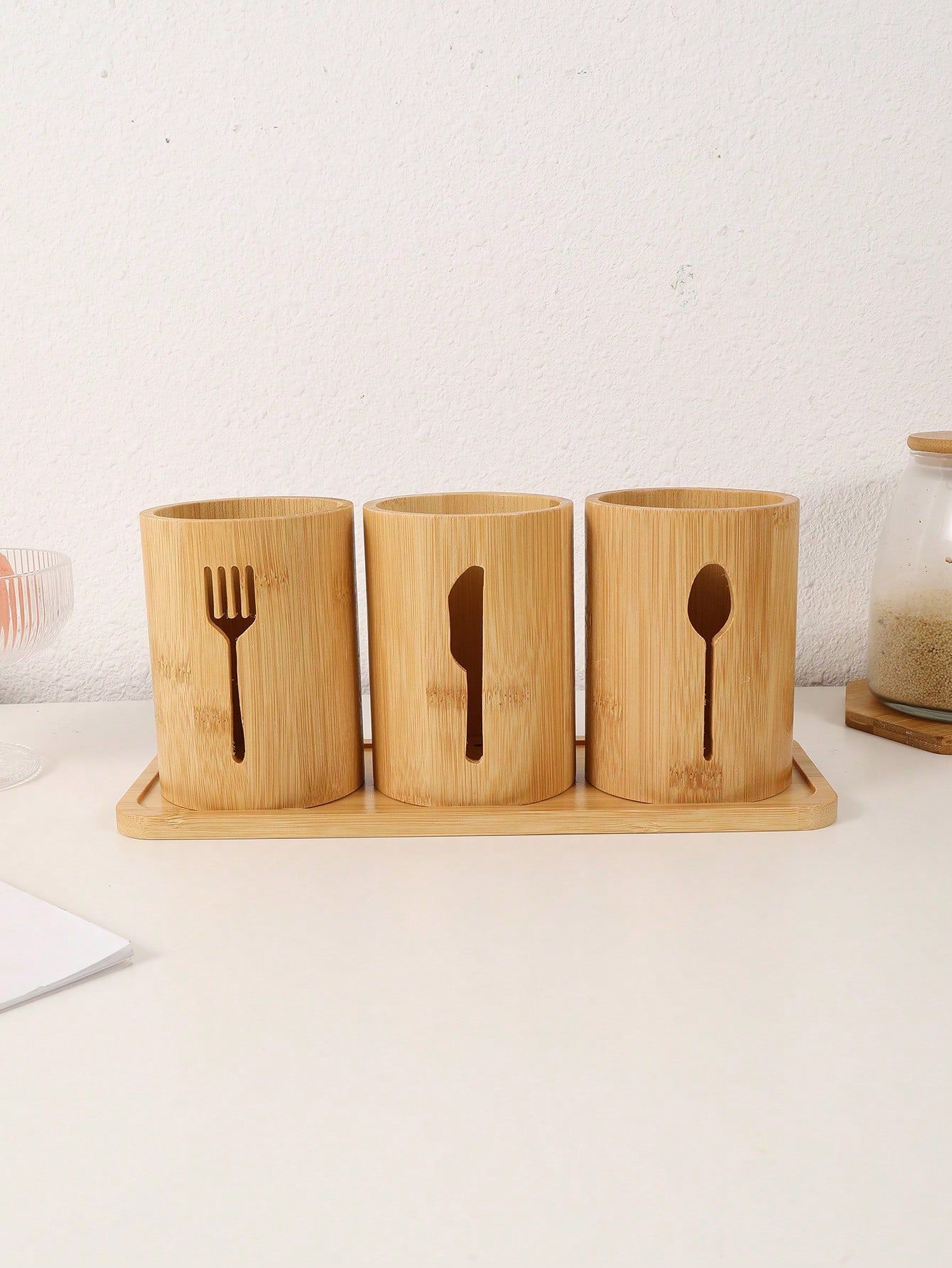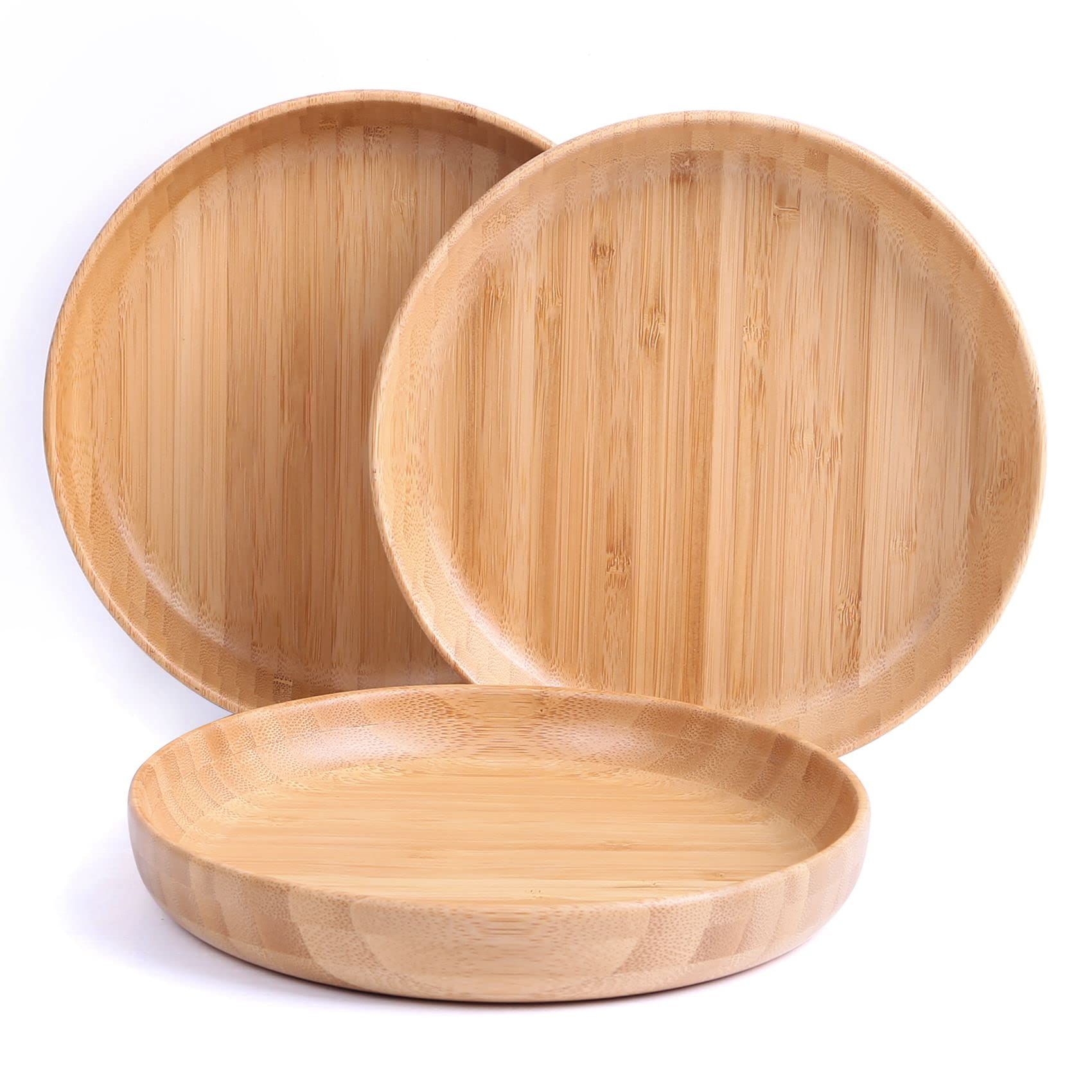The global interest in sustainability has pushed bamboo into the spotlight, making it a sought-after material in various industries. Known for its rapid growth, renewability, and minimal environmental impact, bamboo is being embraced as a key component in the shift towards eco-friendly living.
Current Design Trends in Bamboo Products
Bamboo’s adaptability allows it to be used in a wide range of products, from home furnishings to personal care items. In the home décor sector, bamboo furniture is designed with sleek, minimalist aesthetics that complement modern interiors. Lightweight yet sturdy, bamboo pieces like chairs, tables, and shelving units combine functionality with environmental responsibility.
In the kitchenware market, bamboo cutting boards, utensils, and storage containers are gaining popularity for their natural antibacterial properties and sustainability. Additionally, bamboo’s flexibility as a material has led to the creation of innovative designs such as collapsible kitchen racks, modular shelving, and multi-purpose organizers.
Designers are also experimenting with bamboo’s potential in fashion and lifestyle products. Bamboo-based textiles are being developed for their softness, breathability, and biodegradability. Items such as bamboo toothbrushes, straws, and reusable containers cater to consumers seeking zero-waste alternatives, solidifying bamboo’s position in the eco-friendly market.
Market Trends and Growth
The global bamboo market is witnessing substantial growth, driven by increasing awareness of the environmental benefits of bamboo products. According to recent market research, the bamboo industry is expected to reach over USD 90 billion by 2026. This growth is attributed to factors such as rising consumer demand for sustainable materials, government initiatives promoting green products, and advancements in bamboo processing technologies.
Asia-Pacific remains the largest market for bamboo products, with countries like China, India, and Vietnam leading production. However, demand in North America and Europe is growing rapidly as consumers become more eco-conscious. Companies in these regions are increasingly investing in bamboo products, recognizing their potential to meet sustainability goals and tap into the green consumer market.
Challenges and Opportunities
While bamboo’s benefits are clear, challenges remain. Issues such as inconsistent quality, supply chain limitations, and the need for more efficient processing techniques must be addressed to fully capitalize on bamboo’s potential. However, these challenges present opportunities for innovation in sustainable design and manufacturing.
Governments and organizations are supporting the bamboo industry by offering incentives for sustainable production and promoting bamboo as a viable alternative to traditional materials like plastic and wood. As these initiatives gain traction, the global bamboo market is poised for continued growth, with new products and applications emerging regularly.

Bamboo’s rise in global markets is a testament to the growing desire for sustainable and environmentally friendly products. With continuous innovation in design and manufacturing, bamboo is likely to become an even more prominent player in the global economy, helping to shape a greener future.
Post time: Aug-23-2024







